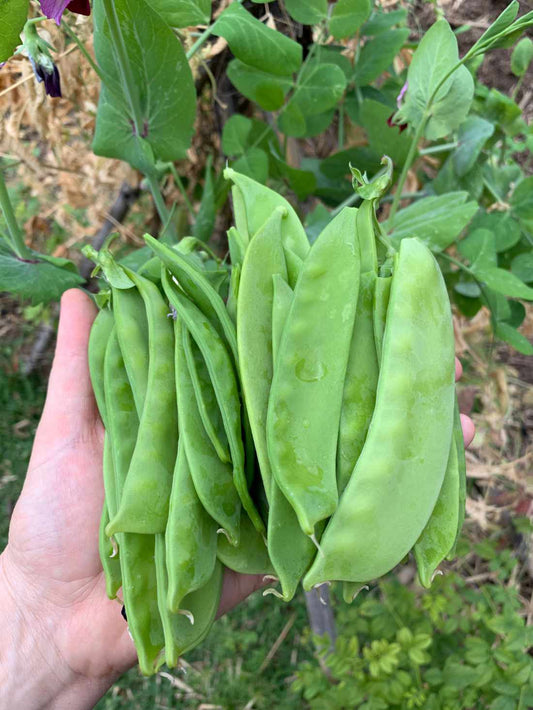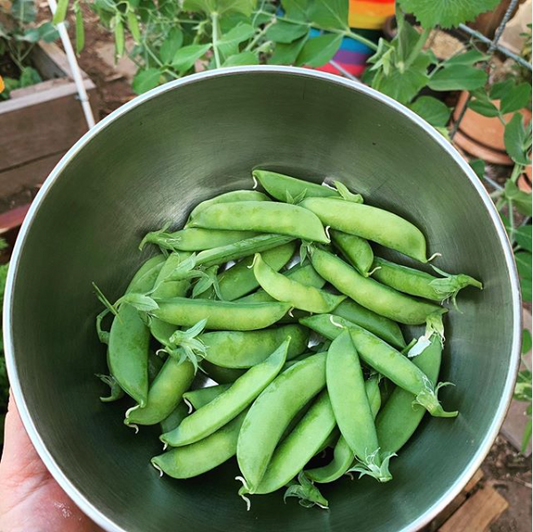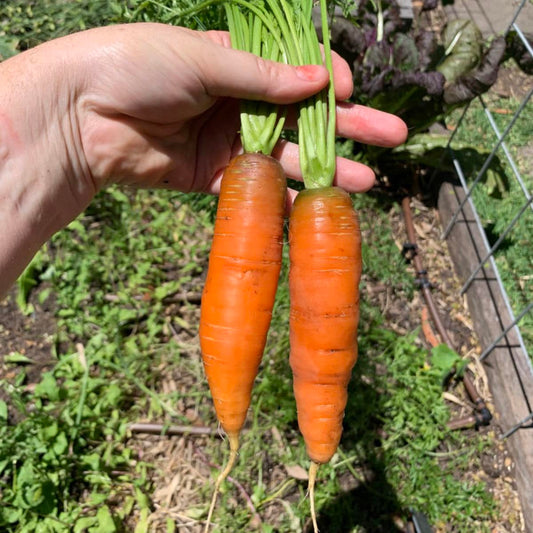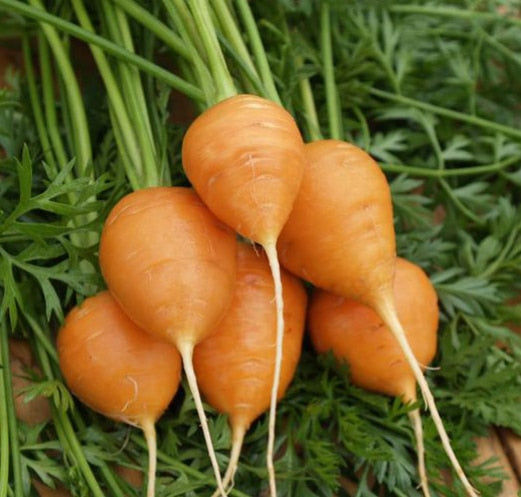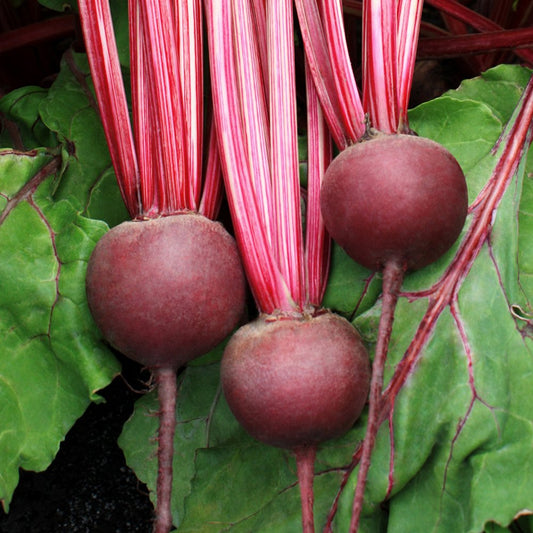If you're also living most parts of Eastern Australia I am sure you're a little over the copious amounts of rain we've received this year.
Normally from mid autumn through to early summer our conditions are dry here in the subtropics but with La Niña in full force that has changed. In this post I wanted to share some tips for dealing with excessive rain in your veggie patch.
Wait for it to stop raining
Wait it out and avoid doing anything in the garden until it actually stops raining. With moisture comes disease, and with increased humidity it can spread far and wide, especially if you're out there giving it a helping hand. Wait for the sun to come out and dry things off a bit before you move into damage control.
Whilst it's raining I wouldn't bother putting up temporary tarps to stop it falling on your beds. With wind it can cause more damage and if the sun comes out it can cook things underneath. It's likely the most damage will be occurring in the ground already. As a preventative measure you may want to setup shade cloth or exclusion netting instead, which will allow airflow and diffuse the heavy rain drops from pulverising plants.
When it stops raining
Assess damage and drainage issues
Once it has passed then it's time to assess the damage. Are your beds draining well? Is water flowing away and not pooling? What can you do to make the area handle excessive amounts of rain better? Do your beds need more organic matter to ensure they are free draining enough? Do you need to move to raised beds instead of in ground beds?
Typically we find our raised beds with good soil handle the rain extremely well. Most often for us our damage includes pulverised lettuce plants (good idea to always have spare seedlings on the go), an explosion of asian snails and split tomatoes. Our seedlings we are raising in our seed raising station don't love the excess amount of rain either.
If you have beds that have water pooling you may need to take action to prevent it becoming anaerobic which will encourage bad bacteria to grow. Go by your nose. If anything is 'stinky' this means it needs some attention to get some air flow back into the soil (the stink is the bad bacteria). Try to pinpoint the reason it isn't draining, if it's just the soil texture, you'll need to work on improving the soil.
Like most things in the garden, compost will save you, so dig in some compost to help with sopping up the water whilst also providing airflow and beneficial microbes. If you have plants growing nearby and are not ready to cut your loses, you could try gently pushing a garden fork around the plants to get some oxygen back into the soil.
What to look out for following the rain
Diseases & common problems
In the days/weeks that follow we will see an influx of powdery mildew which we will need to get a handle on quickly. If you're lucky enough to grow tomatoes during the cool season you might also see a lot of black spots on the foliage which can indicate septoria leaf spot or early blight so you'll need to handle those appropriately to prevent spread.
If plants are wilting, generally that's not a good thing because we know it's not going to be due to lack of water. We find root knot nematodes thrive in anaerobic conditions and also bacterial wilts show up after too much moisture.
Nutrient wash away
You may find that a lot of nutrients have been washed away, which if you're doing no dig with plenty of compost, that may not necessarily be the case - but new beds might have issues. Keep an eye on your plants, check for slow growth, discolouration and give them top up if they need it with either compost/manure or some slow release fertiliser (we use organic extra).
If you need help troubleshooting issues in your garden after excessive amounts of rain, come join us inside dirt lovers.



